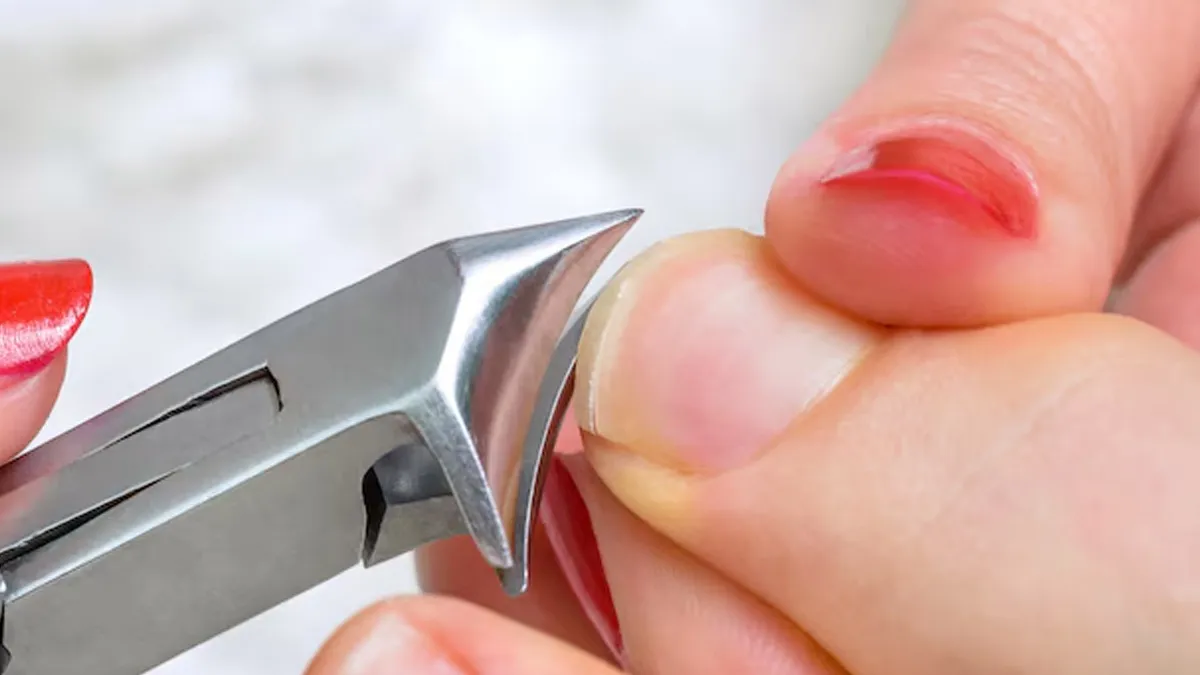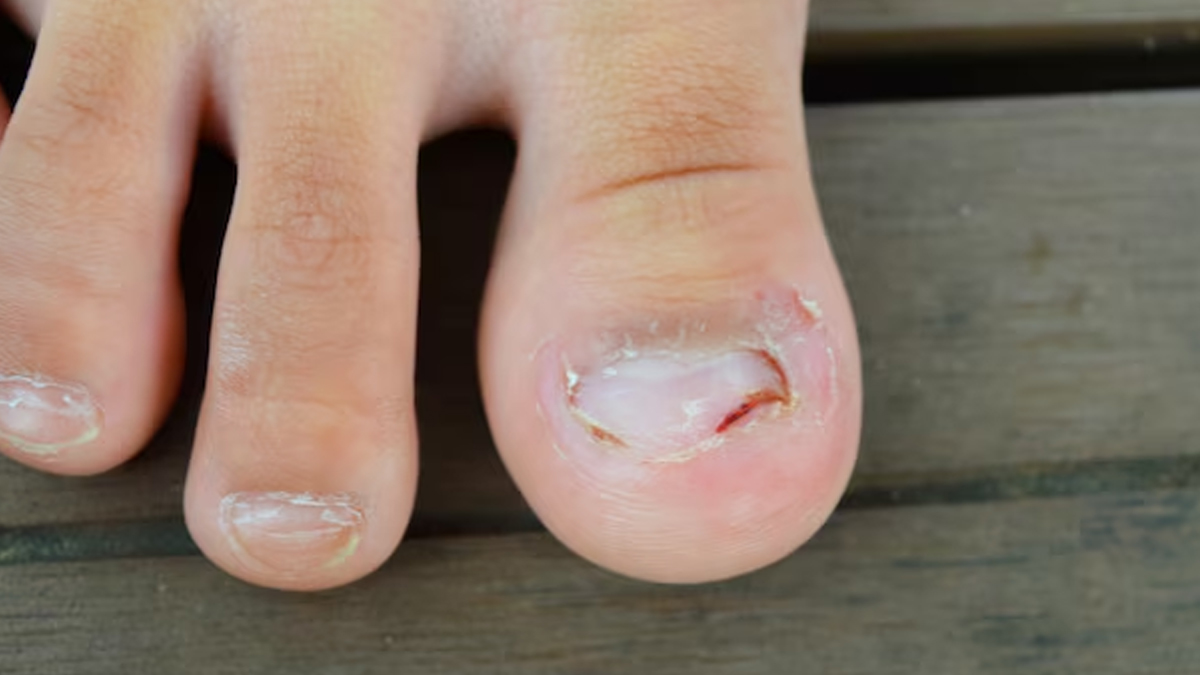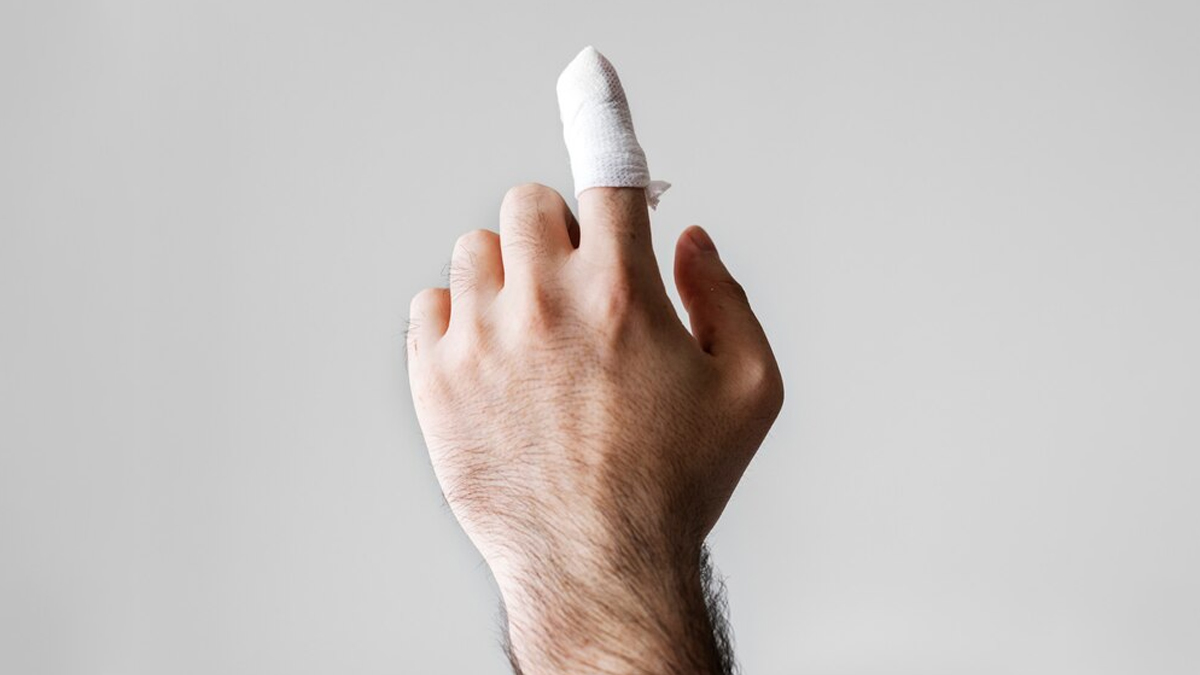
Trimming your nails is a simple task, and we indulge in this mundane activity every week, but at times we go overboard and cut them too short. This can lead to serious and long-lasting problems. It may initially seem harmless, but overdoing it can expose your nail bed, cause infections, and even disrupt healthy nail growth. We have listed down the risks and highlighted how to avoid them, with tips to keep your nails healthy and devoid of pain.
Table of Content:-
RELATED: Does Stress Show Up in Your Nails? Here's How to Recognise the Signs
Exposed Nail Bed

When you cut your nails too short, you risk exposing the sensitive nail bed beneath. This not only causes discomfort but can also lead to bleeding. Open skin increases the risk of infections, especially if dirt or bacteria enter the wound.
To prevent this, always leave a small white edge at the tip of your nails when trimming and avoid cutting deep into the corners. If your nails are already short, opt for filing them gently instead of trimming.
Increased Risk of Infection
-1736311037955.jpg)
The exposed area caused by cutting too short can invite bacteria and fungi. Infections caused by improper nail trimming can result in throbbing pain, swelling, and redness. Severe cases may require medical attention, including antibiotics or even minor surgery.
To avoid this, always use clean and sanitised nail clippers. Washing and drying your hands or feet before trimming can further reduce the risk of infections.
Risk Of Ingrown Nails
Cutting nails too short or rounding their edges can cause them to grow into the surrounding skin, leading to ingrown nails. This is particularly common in toenails and can cause pain, swelling, and even infections if not addressed.
The solution entails trimming your nails straight across rather than at an angle, and avoid cutting too close to the skin. Proper technique can save you from the discomfort of an ingrown nail.
Long-Term Nail Bed Changes
Prolonged or frequent cutting of nails too short can lead to structural changes in the nail bed. The nail bed thickens as a natural protective response when the nail plate is consistently cut too short. Over time, this can make it harder for new nails to adhere properly, resulting in irregular nail growth or permanent changes. To maintain healthy nails, allow them to grow to a safe length and avoid chronic over-trimming.
Chronic Pain And Sensitivity

Constantly cutting nails too short can leave the nail bed exposed and vulnerable to trauma, leading to chronic pain and sensitivity. Everyday activities like walking, typing, or even wearing shoes can become uncomfortable if your nails are trimmed too aggressively.
To protect your nails, aim for a balanced trim; short enough to stay neat, but long enough to protect the nail bed.
Tips for Healthy Nail Trimming
- Wash and dry your hands or feet as this softens the nails, making them easier to cut without splitting or cracking.
- Always use clean, sharp nail clippers or scissors.
- Trim straight across, particularly for toenails, cutting straight across helps prevent ingrown nails.
- Don’t overdo it. Leave a small white edge at the tip of your nails to protect the nail bed.
- If your nails are too short to cut, use a nail file to shape and smooth the edges gently.
RELATED: Restore Your Nail Glow: Natural Remedies For Nail Discoloration And Staining
Conclusion
While it’s important to keep your nails neat and tidy, cutting them too short can cause more harm than good. From painful infections to long-term changes in nail growth, the risks of over-trimming are real. Follow proper nail care practices to keep your nails healthy, and always err on the side of caution when trimming. If you experience ongoing pain or nail issues, we advise you to consult a healthcare professional for advice.
Also watch this video
Read Next
Can You Choke On Your Own Saliva?
How we keep this article up to date:
We work with experts and keep a close eye on the latest in health and wellness. Whenever there is a new research or helpful information, we update our articles with accurate and useful advice.
Current Version